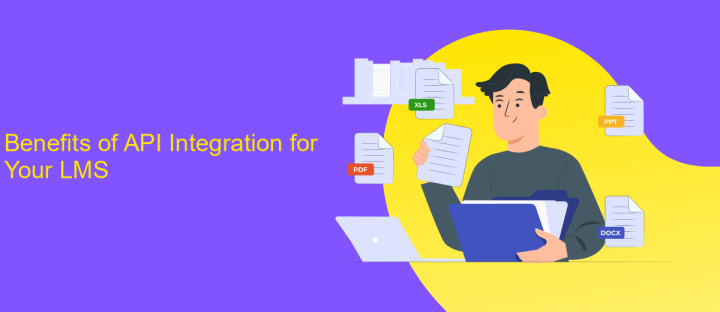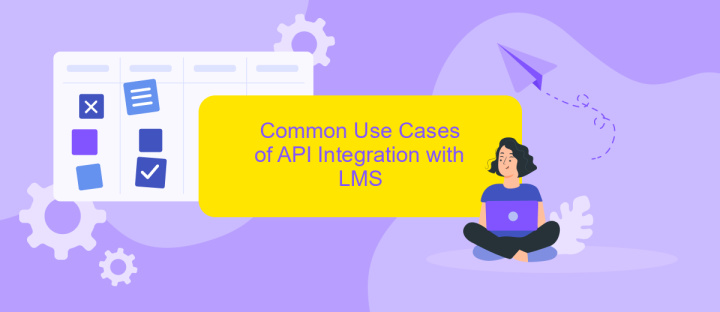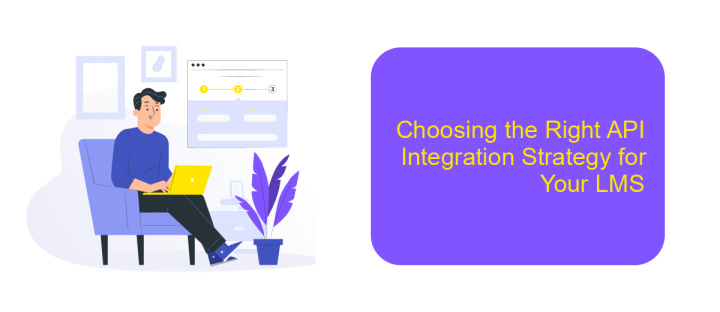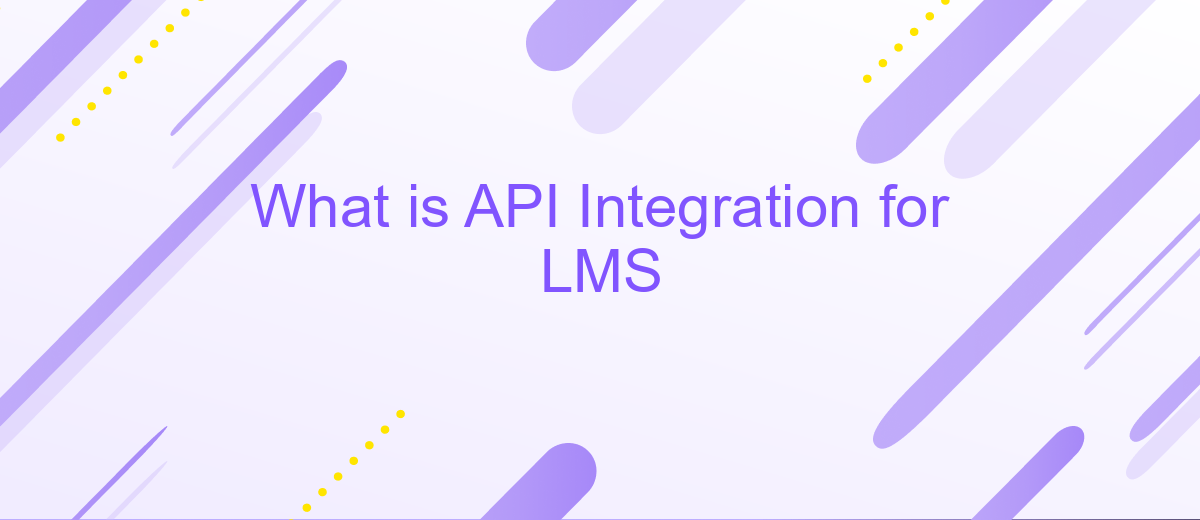What is API Integration for LMS
API integration for Learning Management Systems (LMS) is a crucial component in modern educational technology. It enables seamless communication between different software applications, allowing them to exchange data and function together efficiently. By integrating APIs, LMS platforms can enhance their capabilities, streamline processes, and provide a more personalized learning experience. This article explores the significance of API integration in LMS and how it transforms educational environments.
Understanding API Integration and its Role in LMS
API integration plays a crucial role in the functionality of Learning Management Systems (LMS). By allowing different software applications to communicate seamlessly, APIs enable LMS platforms to extend their capabilities beyond their core features. This integration facilitates the exchange of data between the LMS and other systems, such as content management systems, student information systems, and third-party educational tools, resulting in a more cohesive and efficient learning environment.
- Enhances interoperability between diverse educational tools.
- Streamlines data transfer and synchronization processes.
- Facilitates personalized learning experiences.
- Improves reporting and analytics capabilities.
- Enables integration with external content providers.
By leveraging API integration, educational institutions can create a more dynamic and interactive learning experience. This approach not only optimizes resource utilization but also ensures that learners have access to a wide range of educational materials and tools. As a result, API integration becomes an essential component in the development and implementation of modern LMS solutions, driving innovation and enhancing the overall educational process.
Benefits of API Integration for Your LMS

Integrating APIs with your Learning Management System (LMS) can significantly enhance its functionality and user experience. By connecting various applications and platforms through API integration, you can streamline processes, automate tasks, and ensure seamless data exchange. This not only reduces manual work but also minimizes errors, leading to more efficient management of educational content and user data. Moreover, API integration allows for real-time updates and synchronization, ensuring that all users have access to the latest information and resources.
One of the key benefits of API integration is the ability to customize and scale your LMS according to your institution's needs. Services like ApiX-Drive facilitate this by providing easy-to-use tools for setting up integrations without requiring extensive technical knowledge. With ApiX-Drive, you can connect your LMS with a wide range of applications, enhancing its capabilities and creating a more cohesive digital learning environment. This flexibility not only improves the learning experience for students but also empowers educators and administrators to focus on delivering quality education rather than managing technical complexities.
Common Use Cases of API Integration with LMS

API integration with Learning Management Systems (LMS) enhances their functionality and user experience by enabling seamless data exchange and automation. By connecting an LMS with other software tools, organizations can streamline educational processes and improve efficiency.
- Single Sign-On (SSO): Integrating APIs allows users to access the LMS using existing credentials from other platforms, simplifying login processes and enhancing security.
- Content Management: APIs facilitate the integration of external content repositories, enabling easy import and management of diverse educational materials directly within the LMS.
- Analytics and Reporting: By connecting LMS data with analytics tools through APIs, institutions can generate detailed reports, track learner progress, and make data-driven decisions.
- Communication Tools: Integration with communication platforms such as email or instant messaging through APIs ensures effective interaction between educators and learners.
- eCommerce: APIs enable the integration of payment gateways, allowing institutions to monetize courses and manage transactions efficiently.
These use cases illustrate the transformative potential of API integration in LMS environments. By leveraging APIs, educational institutions can offer a more cohesive and enriched learning experience, fostering better engagement and outcomes for both learners and educators.
Choosing the Right API Integration Strategy for Your LMS

When integrating an API with your Learning Management System (LMS), selecting the right strategy is crucial for seamless functionality and enhanced user experience. The process involves understanding your LMS needs, the capabilities of the API, and how they align with your organizational goals. A well-planned strategy ensures that the integration supports both current and future requirements.
Begin by evaluating the technical requirements and constraints of your LMS. Consider factors such as data security, scalability, and compatibility with existing systems. It's essential to involve stakeholders from different departments to gather diverse perspectives and ensure the integration meets various user needs.
- Identify the core functionalities required from the API.
- Evaluate the API's documentation and support resources.
- Consider the long-term maintenance and update requirements.
- Assess the ease of implementation and potential for scalability.
After thorough evaluation, choose an API integration strategy that aligns with your LMS objectives. Whether opting for a custom-built solution or leveraging existing APIs, ensure the strategy is flexible enough to adapt to evolving educational technologies. A strategic approach will facilitate enhanced learning experiences and operational efficiency.
Best Practices and Considerations for LMS API Integration
When integrating APIs into a Learning Management System (LMS), it's crucial to prioritize security and scalability. Ensure that all data exchanged through APIs is encrypted and that authentication processes are robust to protect sensitive information. Design your API integration to handle increased loads as your user base grows, preventing any potential performance bottlenecks. Regularly monitor and update your API connections to maintain compatibility with LMS updates and third-party services.
Another best practice is to leverage tools like ApiX-Drive, which simplifies the integration process by providing a user-friendly interface for connecting various applications without the need for extensive coding knowledge. This can save time and reduce errors, allowing you to focus on enhancing the learning experience. Additionally, consider documenting your integration processes comprehensively to ensure that future updates or troubleshooting can be handled efficiently by your team. By following these practices, you can ensure a seamless and effective API integration with your LMS.
FAQ
What is API Integration for LMS?
Why is API Integration important for LMS?
How does API Integration enhance the functionality of an LMS?
What are the common challenges with API Integration for LMS?
How can organizations simplify API Integration for their LMS?
Strive to take your business to the next level, achieve your goals faster and more efficiently? Apix-Drive is your reliable assistant for these tasks. An online service and application connector will help you automate key business processes and get rid of the routine. You and your employees will free up time for important core tasks. Try Apix-Drive features for free to see the effectiveness of the online connector for yourself.

